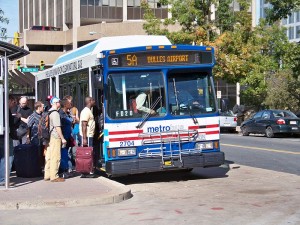Consider this piece of information if you're about to buy a home:
According to the Zillow Home Value Index (HVI), we have just completed our 17th consecutive quarter in declining home prices as values declined 1.2% from the previous quarter and 4.3% since Q3 2009. Although not a steep decline, it is consistent with other economic indicators pointing to a continued gradual decline as 77% of markets covered by Zillow experienced value dips.
According to Zillow, “with home values 25% below their June 2006 peak, the current housing downturn is approaching Great Depression-era declines, when home values fell 25.9% in five years.”
“While not unexpected, the unceasing declines in home values signal that we’re in for a long, bleak winter of continued troubles for the housing market,” said Zillow Chief Economist Dr. Stan Humphries. “The length and depth of the current housing recession is rivaling the Great Depression’s real estate downturn, and, with encouraging signs fading, will easily eclipse it in the coming months.
Additionally, Zillow began taking a closer look at other indicators last year, thus began tracking negative equity. Since they began tracking, the percentage of homeowners underwater has crept up to where it sits now at 23.2% of all single family loan holders.
By Tara Steele on November 11, 2010

 “When consumers choose a home, they also choose a lifestyle. Shorter commutes and more walkable neighborhoods matter to a growing number of people, especially those living in congested metro areas,” Yun said.
Source: NAR
“When consumers choose a home, they also choose a lifestyle. Shorter commutes and more walkable neighborhoods matter to a growing number of people, especially those living in congested metro areas,” Yun said.
Source: NAR










